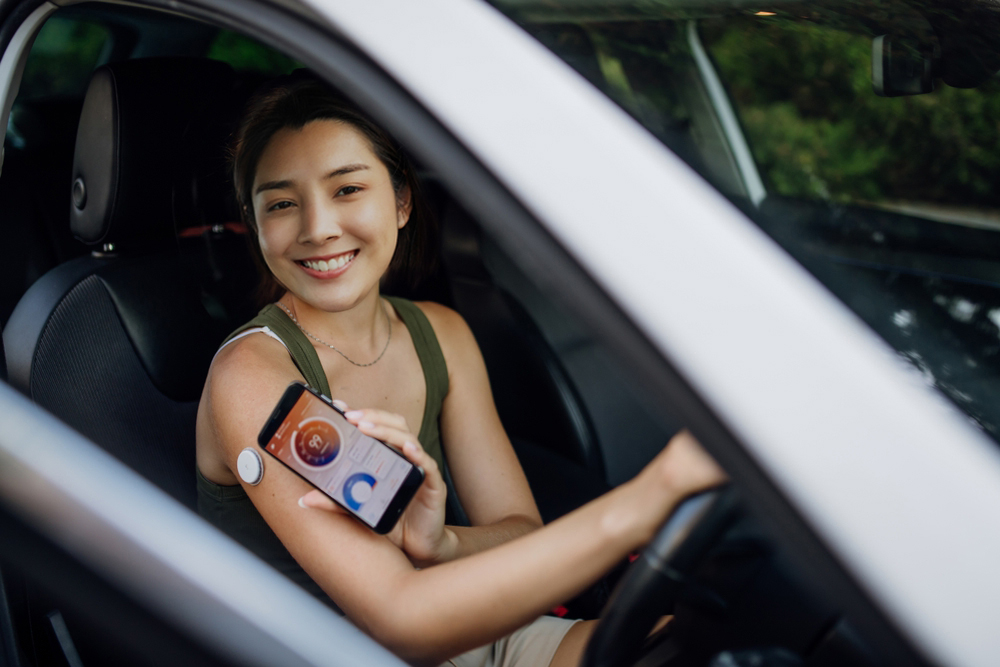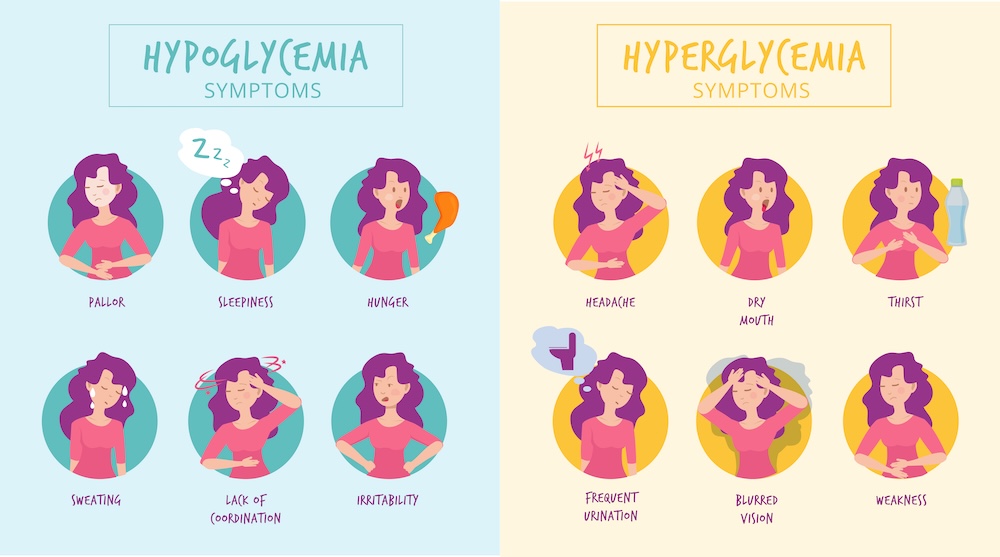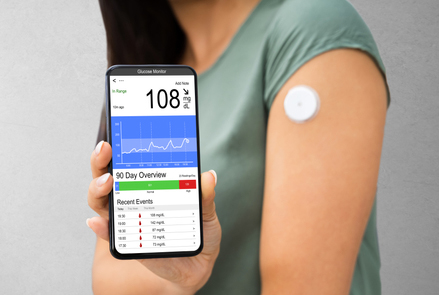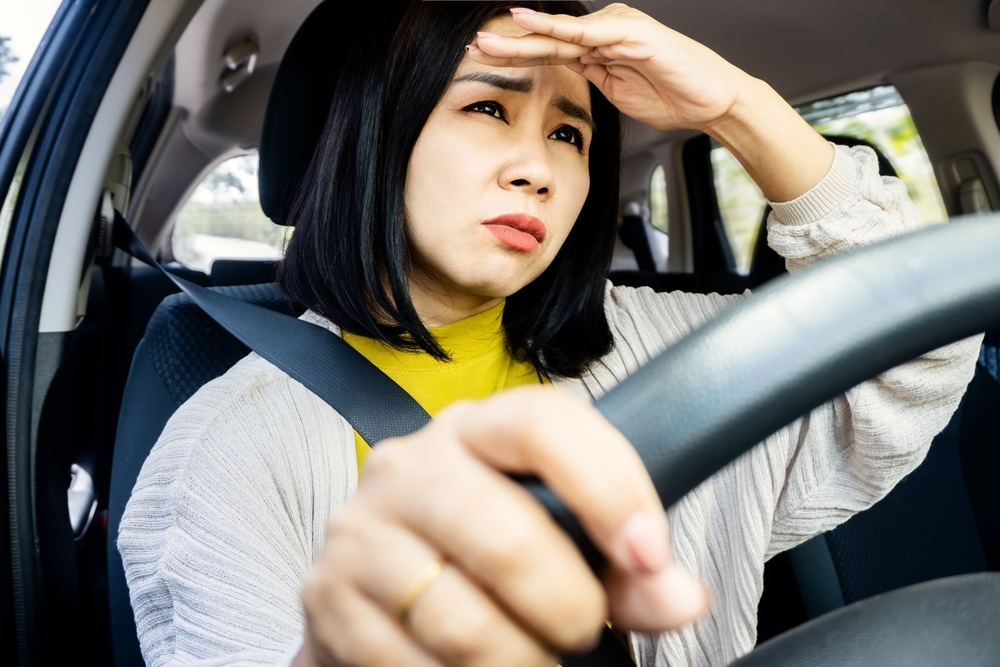With more Singaporeans living with diabetes, daily activities like driving require a bit more care. Behind the wheel, symptoms can come suddenly and managing them is about awareness, preparation, and simple habits. This article shares practical tips for drivers with diabetes in Singapore, especially in time for World Diabetes Day on 14 November.
Driving needs focus and alertness. But for people with diabetes, blood sugar swings can affect reaction time and decision-making. Low blood sugar, or hypoglycemia, can cause sweating, trembling, dizziness, blurred vision, or sudden hunger. High blood sugar, or hyperglycemia, might lead to tiredness, dry mouth, and slower thinking.
Recognising and Responding to Symptoms
- Being on the road takes sharp focus. Blood sugar swings can disrupt that focus fast. Low blood sugar may show up as sweating, shaking, dizziness, hunger, or blurry vision. If blood sugar is high, fatigue and dryness in the mouth may appear.
These symptoms are subtle, but can make driving unsafe. Learn how your body
reacts and write down any warning signs you often see. Pull over if you notice
anything out of the ordinary.
- Some people may not get clear warnings. If you ever lose sensitivity to warning signs, check levels often. Treat symptoms immediately. Waiting too long risks not just yourself, but others on the road.
- Quick action matters. If low blood sugar hits, stop as soon as you can. Eat glucose tablets or have a sweet drink, then check your blood sugar again after 15 minutes. Only resume driving once your levels are normal and you feel stable.
If your blood sugar is high, skip driving until levels come down. Medicine, snacks, and water should all be kept in the car for these fast fixes.
Preparation Before and During Driving
- Driving starts before you even get in the car. Always check your blood sugar levels before a trip. Sharply low or high readings mean you need food, medicine, or a delay.
If levels are too low, eat something first — your doctor can tell you the recommended amount of fast-acting carbs to take, based on your reading. After treating, check your blood sugar again before driving.. Bring your blood sugar testing kit everywhere. Even when in a rush, this habit helps.
- Snack smart. Pack wholegrain crackers, dried fruit, or glucose tablets. Fast-acting snacks are best for emergencies—keep them within reach. Try not to rely on sugary drinks unless your levels drop suddenly. Store all snacks and equipment away from direct sunlight to protect them.
Keeping a water bottle in the car helps you stay hydrated, but avoid leaving water in the car for prolonged hours as heat can cause bacteria to grow and make it unsafe to drink. Always replace your water daily.
- Plan mealtimes carefully. Eating before driving stabilises blood sugar. Choose meals like fishball soup, yong tau foo, or brown rice. Skipped meals stack up to trouble behind the wheel. Caffeine and sugary drinks can disrupt your blood sugar, water is better when you’re on the road.
- Breaks during long drives aren’t optional. Driving for long hours without breaks raises risks for any driver, but more so for those with diabetes because blood sugar can drop or rise suddenly and symptoms like dizziness, delayed reaction, or blurry vision may go unnoticed if you don’t stop to check.
Take time out every two hours on long trips, check your blood sugar, eat, and stretch. It lowers risk and refreshes your mind, making driving safer and more comfortable.
- Bring your blood sugar testing kit everywhere. Carrying insulin or medication in cooling pouches helps keep them safe from Singapore’s heat, but always check with your doctor or pharmacist on how best to store your specific medicines when on the road. Even when in a rush, this habit helps.
Managing Lifestyle Factors
- Driving at night is tougher. Tiredness makes diabetic symptoms feel stronger. Poor lighting can be a problem for people with eye complications from diabetes. Avoid driving late if you’re already feeling unwell. Make sure your car lights are working and you can see clearly.
- Physical inactivity while driving increases blood sugar. Try short walks or stretches before, during, and after driving shifts. Even walking just a few minutes can help. Make exercise part of your daily routine, especially for those driving for work.
- Stress affects sugar levels too. Traffic jams and tight schedules can trigger spikes or drops. Use deep breaths, short pauses, or calming music to manage stress. Talk to your doctor if stress feels uncontrollable, especially for professional drivers doing long hours.
Staying Supported and Safe
- Keeping family updated is practical. Share where snacks are stored in the car. Medical ID cards or bracelets make emergency help faster and safer. These steps are especially important for older drivers.
- Regular medical check-ups are vital. Doctors help adjust medicine, give driving advice, and flag new health risks. Always tell your doctor you’re a driver. Declare diabetes status at licence renewal, following LTA health rules to keep yourself and everyone on the road safe.
- Small steps matter the most: checking your levels, packing snacks, taking breaks, and asking for help. Safe driving with diabetes means staying ahead with preparation and support.
Final thoughts
Driving in Singapore is already full of challenges. But for drivers with diabetes, the risks are higher if symptoms are ignored. Preparation, quick response to changes in blood sugar, and open communication with family and doctors are crucial. With World Diabetes Day coming up, it’s a good reminder that safe driving is about more than rules of the road; it is about managing health first. Small daily habits, like testing before starting the engine or packing the right snack, make all the difference.



